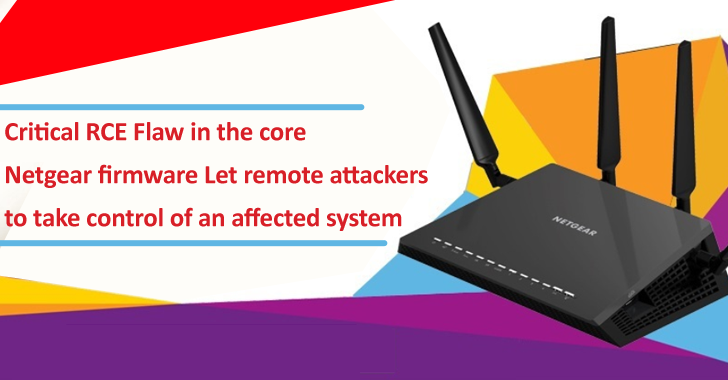The cybersecurity organization GRIMM has recently announced vulnerability research towards a series of Netgear SOHO devices. The vulnerability that has been discovered generally enables remote code execution (RCE) as root and lets attackers take control of an affected system.
This vulnerability isn’t a typical router vulnerability, in this kind of vulnerability the actual source is being located within a third-party element that is specifically involved in the firmware of many Netgear devices.
Exploit
After detecting the vulnerability, the experts also came to know that this security flaw can be exploited by toiling a malicious database update. And for better understanding, they have applied this process that included Proof of Concept (POC).
The PoC was produced for and examined against the Netgear R7000. However, a fake Domain Name System (DNS) server is being operated and configured so that it can respond to requests from the router along with the IP address of a MitM server.
In case the router gets the malicious DNS response before the one that is valid, the router will soon get correlate to the MitM server rather than Netgear’s update server. So, any type of MitM attack can easily exploit this kind of vulnerability.
Old Tar and Testing
However, in this vulnerability, there is an R7000’s tar utility that originally belongs from busybox version 1.7.2, and it was initially released in September 2007.
The very known issue that generally occurs in the old versions of tar is that they do not reliably account for files that are included in tarballs with absolute paths.
Well in the case of testing, the shell script, create.sh, has been implemented to create a malicious database tarball, and once it’s been created it gets associated to circleinfo.txt file for the R7000.
After being generated, all of these files will require to be served through a MitM attack on the device. Among all, the most easiest method to test the MitM attack is through DNS spoofing.
What’s going on?
This vulnerability is named CVE-2021-40847, and there was a Circle update daemon, or mini-program, called “circled” that is present in this vulnerability.
After detecting this vulnerability, it was discovered that the Circle update daemon operated as root, and it was allowed by default and it can be easily gets exploited even if it gets disabled.
Impact
The impact of this vulnerability is quite huge, and it exists in the Circle Parental Control Service update daemon, which generally gets enabled by default.
Not only this but also the Netgear devices that have not been configured till now use the Circle parental control characteristic and they are still vulnerable to this exploit.
Affected Devices
Here’s the list of affected devices mentioned below:-
- R6400v2 – 1.0.4.106
- R6700 – 1.0.2.16
- R6700v3 – 1.0.4.106
- R6900 – 1.0.2.16
- R6900P – 1.3.2.134
- R7000 – 1.0.11.123
- R7000P – 1.3.2.134
- R7850 – 1.0.5.68
- R7900 – 1.0.4.38
- R8000 – 1.0.4.68
- RS400 – 1.5.0.68










